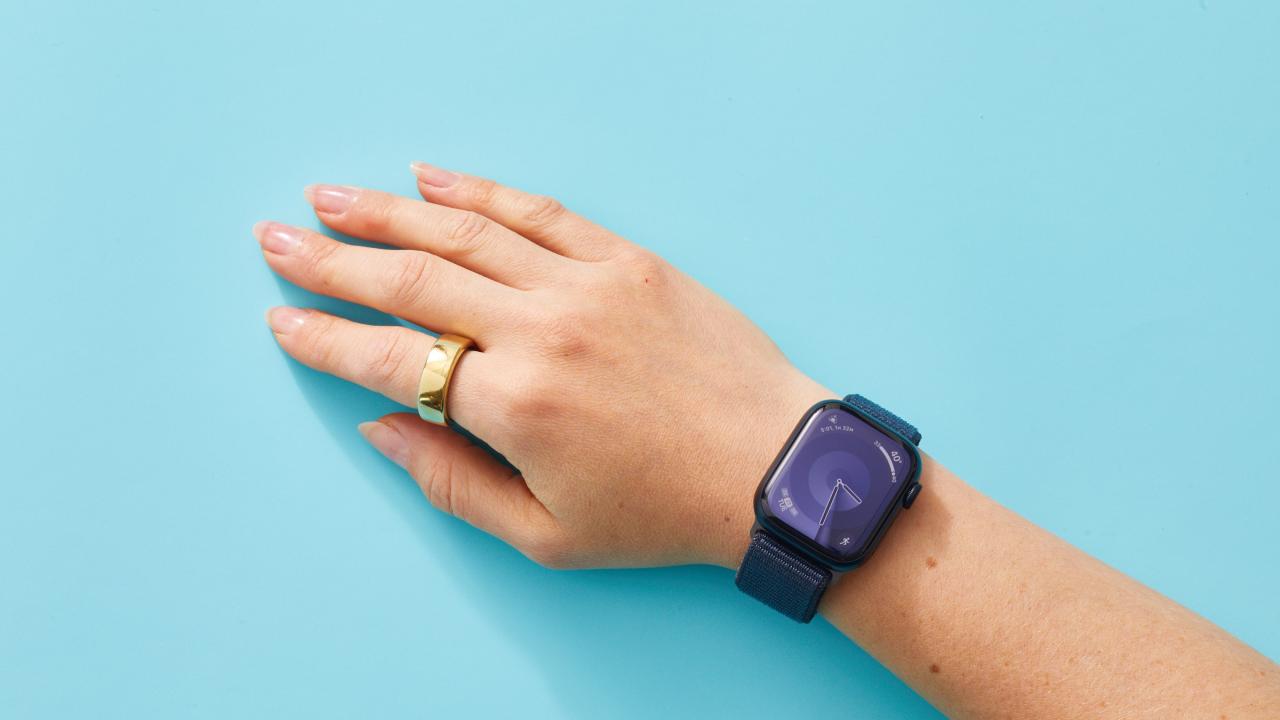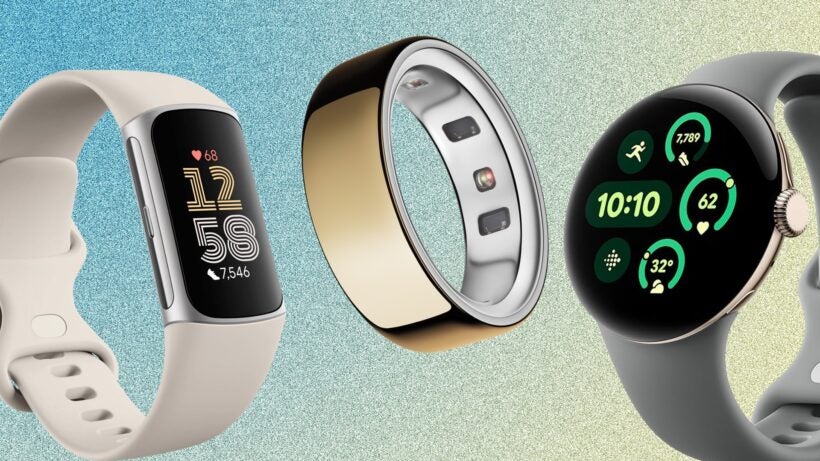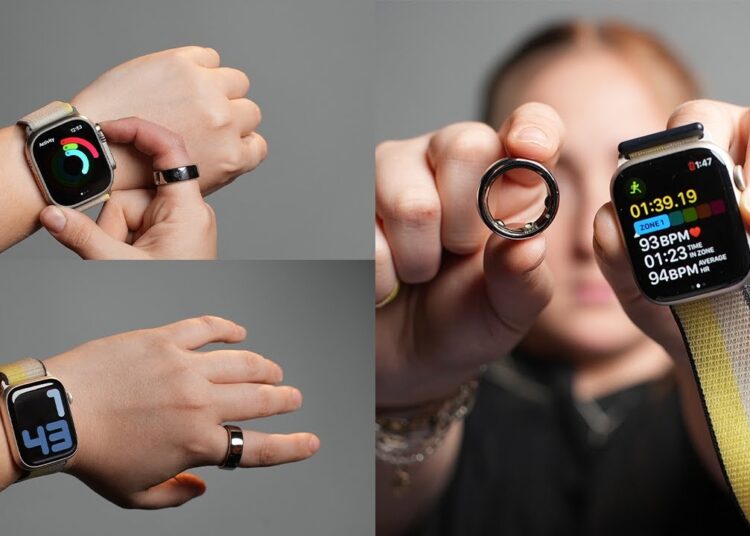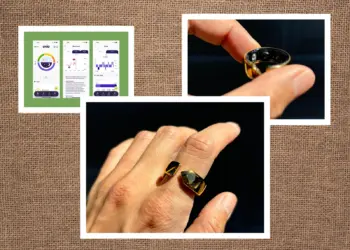With advancements in fitness tech, choosing the perfect wearable technology can be confusing. While smartwatches have dominated the fitness tracking market for years, smart rings are increasingly becoming small but mighty alternatives. But how exactly do these two compare when it comes to fitness tracking performance?
Form Factor and Comfort
First, smart rings offer a sleek, minimalist look that simply integrates into everyday life. They’re light, unobtrusive, and less obtrusive than wrist-based alternatives. Smartwatches, in contrast, are bulkier, but their bigger screen provides more on-the-spot interactivity.
If fashion and comfort are your priorities—especially during sleep or long-term wear—smart rings are likely to be the victor.

Core Tracking Features
When fitness tracking is mentioned, both devices walk the same ground—though with differing execution.
Smartwatches typically have:
- Heart rate measurement
- Step counting & GPS tracking
- Workout modes
- Calorie burn estimates
- Real-time activity notifications
Smart rings, on the other hand, excel at:
- Sleep monitoring
- Heart rate variability (HRV)
- Resting heart rate & respiratory rate
- Readiness and recovery scores
- Passive health monitoring
While smartwatches gravitate towards active-fitness, smart rings are concerned with general well-being, with metrics of recovery and long-term health trends.
Battery Life
Battery life is one of the differentiators. Most smart rings, such as the Oura Ring or Ultrahuman Ring Air, last 4–7 days on a charge. Comparison with smartwatches, especially full-featured smartwatches such as the Apple Watch, shows that they require daily or every-other-day charging.
For individuals who place greater emphasis on constant data capture and less charging, smart rings offer an advantage.

User Experience and App Integration
There is also a significant difference in terms of usability and compatibility with the ecosystem.
Smartwatches often support more third-party applications and show on-screen notifications, messages, and music control—making them more interactive.
Smart rings, while less restrictive when it comes to app integration, typically have cleaner, health-focused dashboards, ideal for those who want fewer distractions.
Therefore, if you desire a one-device solution, a smartwatch could be the answer. But if you desire deep, distraction-free health data, a smart ring could be the smarter choice.
Cost Factors
Price-wise, both groups fall between mid-range and high-end. High-end smartwatches can cost anywhere from $300–$700, and high-end smart rings $250–$400.
It’s also noteworthy that some of these smart rings have monthly subscription fees for their premium functions—something to consider for budgeting over the long term.

Which Should You Choose?
Ultimately, it depends on your fitness objectives and lifestyle:
Choose a smartwatch if you want real-time data, workout programming, media control, and reminders for daily activity.
Choose a smart ring if you’re looking for sleep quality monitoring, recovery tracking, long-term health metrics, and prefer a low-profile aesthetic.
For the ultimate of both worlds, some users even take it to the extent of wearing both—a smartwatch during the day, and a smart ring in the evening for recovery tracking.
On balance, both smart rings and smartwatches have beneficial ways of tracking fitness and improving well-being. As technology advances, these wearables will continue to complement each other, allowing users to move smarter, recover better, and live healthier.
Whether you’re a sports performer or a sleep and stress specialist, the appropriate wearable is the one that seamlessly fits into your life—and encourages you to keep going.









